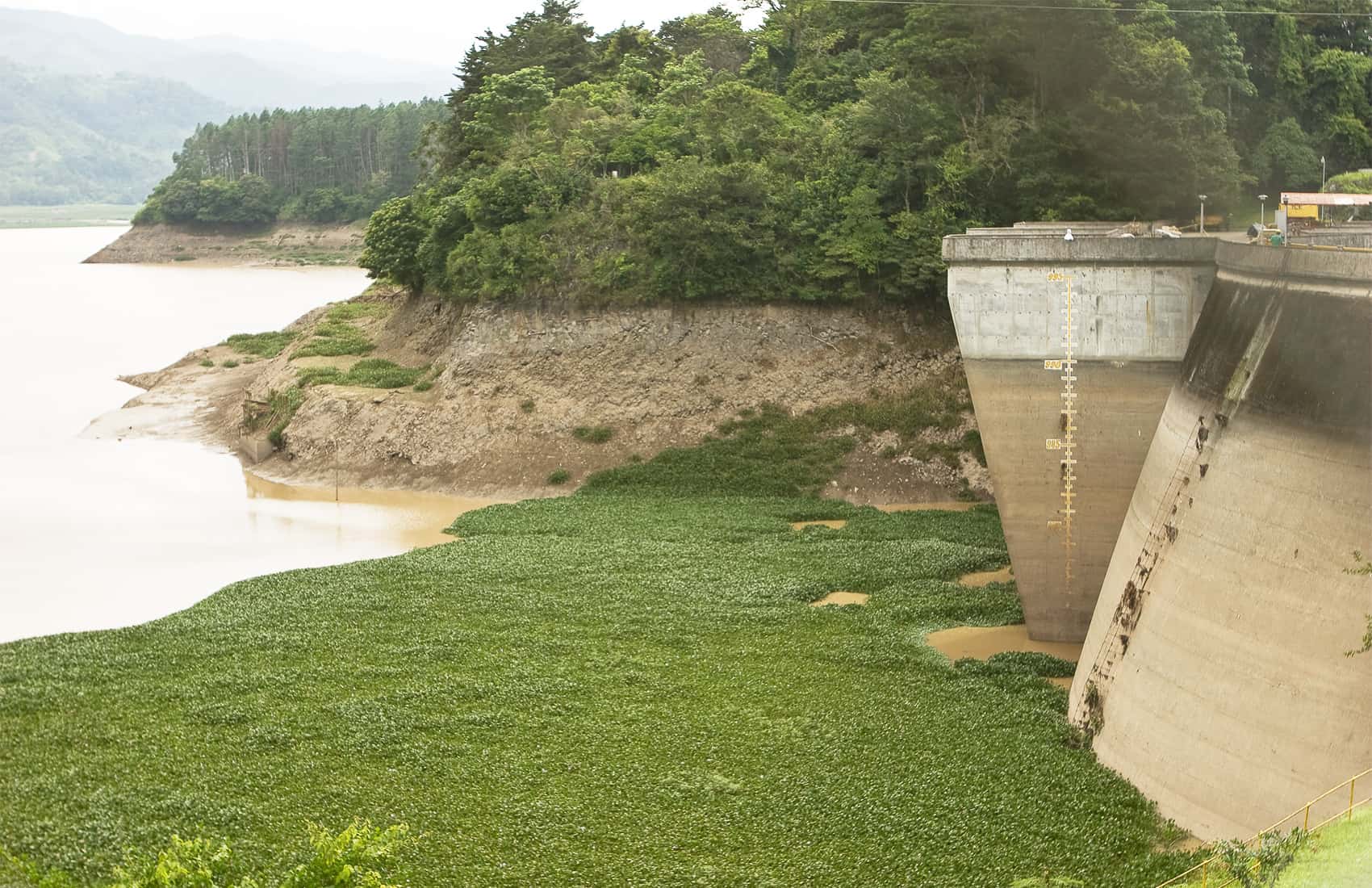Although the National Meteorological Institute (IMN) confirmed a drop in rainfall levels for the current rainy season, the Costa Rica Electricity Institute (ICE) has ruled out power outages later this year.
A lack of rainfall this season, which runs from May to November, is evident in most of the country. But ICE electricity manager Luis Pacheco said current reservoir levels remain stable and expected rainfall will be enough to keep the reserves filled for use in hydroelectric power generation for the rest of the year.
Costa Rica uses up to 800 megawatt-hours daily, and of that amount, 80 percent is generated from renewable sources, such as hydroelectric and eolic (as of December 2012). The remaining 20 percent is generated by using hydrocarbon-powered plants, according to an ICE report published in April of this year. (Read that report in Spanish here: Plan_expansion_generacion.)
According to the IMN, changes in precipitation patterns are caused by the El Niño weather phenomenon and affect most of the country. Currently the South Pacific is the only region with normal rainfall levels for the season, the agency said.
In the North Pacific, the rainfall deficit this month is 60 percent. That percentage is expected to decrease slightly in August to 50 percent and in September to 40 percent, the IMN said.
In the Central Valley, the rainfall deficit this month reached 30 percent and is expected to increase to 50 percent in September. The Central Pacific will see the lowest deficit, currently at 20 percent. IMN forecasts note it will drop to 15 percent in August and 5 percent in September.
In contrast, El Niño is causing an unusual increase in precipitation in the Northern and Caribbean regions, where IMN recorded a rainfall increase of 20 percent. That’s likely to reach 30 percent in August.
Heavy rains caused flooding in various cantons of the province of Limón last week, where 30 people were evacuated and several homes were affected. El Niño is expected to continue through April 2015, the IMN said.
However, a recent increase in rainfall has allowed the Public Services Regulatory Agency on Wednesday to approve a 9 percent decrease in electricity rates for residents of the Northern Zone. Lower rates will take effect after they are published in the official newspaper La Gaceta.






